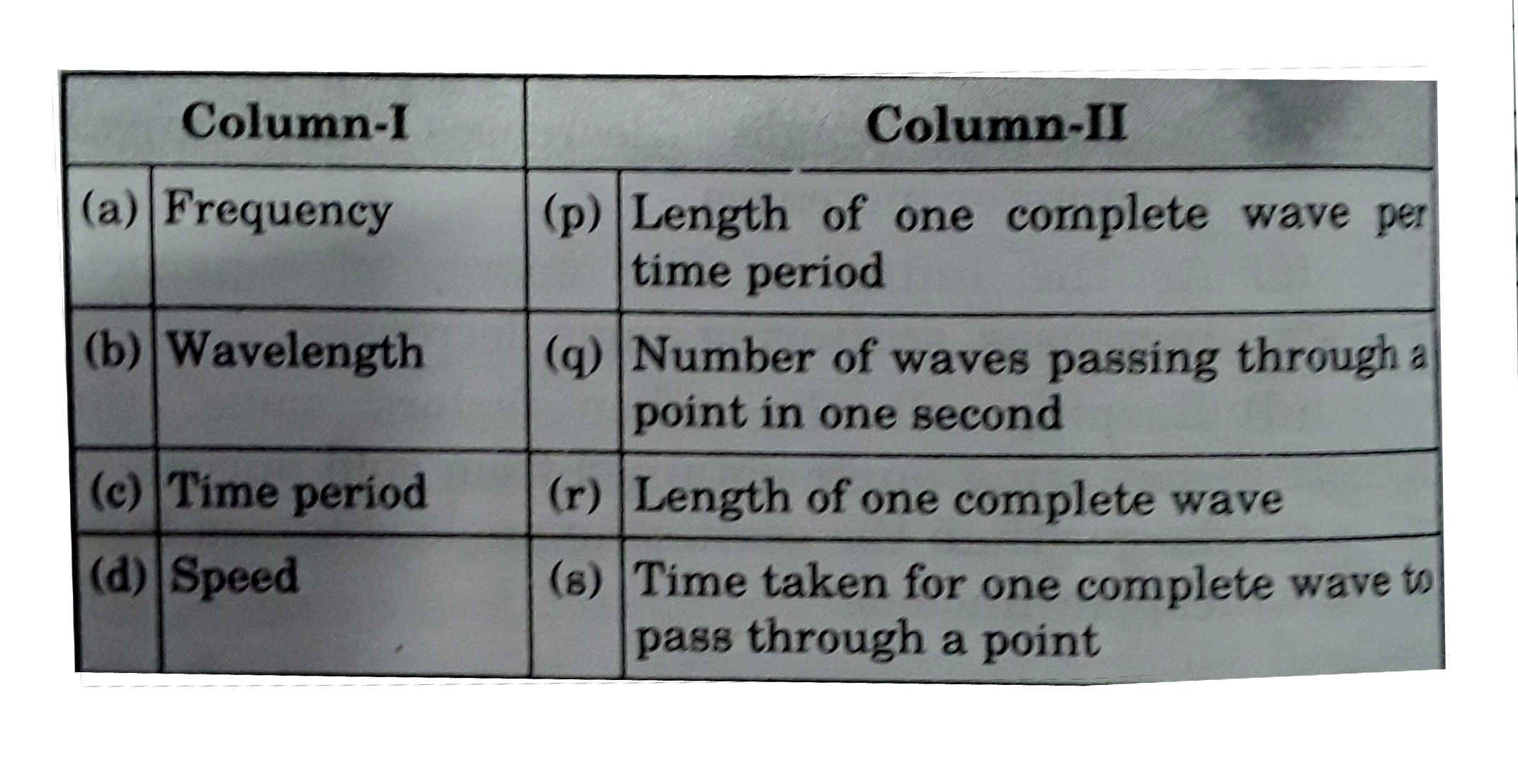During one of its ambitious project ''ISRP" gathered information through its stallites for a planet in another galaxy. As far as structure of atoms is considered , it is very similar to the structure of an atom in our planet except that
energy of an orbit in which electron resides is
Calculate wavelength of photon emitted when electron makes transition from 7th excited state to 1st excited state in H-atom of that planet:
The correct Answer is:a
Step by step video, text & image solution for During one of its ambitious project ''ISRP" gathered information through its stallites for a planet in another galaxy. As far as structure of atoms is considered , it is very similar to the structure of an atom in our planet except that energy of an orbit in which electron resides is (E_(n))=(45xxZ)/(n=1) eV//"atom". Calculate wavelength ("in""Å") of photon emitted when electron makes transition from 7th excited state to 1st excited state in H-atom of that planet: by Chemistry experts to help you in doubts & scoring excellent marks in Class 11 exams.
Topper's Solved these Questions
- BOOK - GRB PUBLICATIONCHAPTER - ATOMIC STRUCTUREEXERCISE - Match the column type16videos
ATOMIC STRUCTURE
- BOOK - GRB PUBLICATIONCHAPTER - ATOMIC STRUCTUREEXERCISE - Subjective Type55videos
ATOMIC STRUCTURE
- BOOK - GRB PUBLICATIONCHAPTER - ATOMIC STRUCTUREEXERCISE - Multiple Objective Type49videos
ATOMIC STRUCTURE
- BOOK - GRB PUBLICATIONCHAPTER - CHEMICAL EQUILIBRIUMEXERCISE - D.Le Chateliera principle16videos
CHEMICAL EQUILIBRIUM
Similar Questions
Match the following columns
 03:27View Solution
03:27View SolutionAssume that 10−17J of light energy is needed by the interior of the human eye to see an object . How many photons of green light (λ=495nm) are needed to generate this minimum energy .
[h=6.6×10−34Js]05:59View SolutionMonochromatic light of wavelength λ strikes a metal surface with intensity 'a' emitting 'b' electrons per second with 'c' as the maximum kinetic energy of electrons .Which of the following options will happen if 'a' is halved without changing wavelength and area of exposure?
11:25View SolutionFor the reaction CO(g)+H2O(g)⇔CO2(g)+H2(g) at a given temperature the equilibrium amount of CO2(g) can be increased by :
03:34View SolutionA hydrogen like atom (atomic number Z) is in a higher excited state of quantum number n. The excited atom can make a transition ot the first excited state by successively emitting two photons of energy 10.2 eV and 17.0 eV, respectively. Alternatively, the atom from the same excited state can make a transition to the second excited state by successively emitting two photons of energies 4.25 eV and 5.95 eV, respectivley Determine the values of n and Z. (lonization energy of H-atom = 13.6 eV)
05:10View SolutionA hydrogen like atom (atomic number Z) is in a higher excited satte of quantum number n .This excited atom can make a transition to the first excited state by succesively emitting two photon of energies 10.20 eV and 17.00 eV .Alternatively, the atom from the same excited state can make a transition to the second excited state by successively emitting twio photon of energy 4.25 ev and 5.95 eV Determine the followings: The atom during transition from n = 1 to n = 2 emit radiation in the region of
01:54View SolutionThe electron in a hydrogen atom at rest makes a transition from n = 2 energy state to the n = 1 ground state. find the energy (eV) of the emitted photon.
02:07View SolutionDuring one of its ambitious project ''ISRP" gathered information through its stallites for a planet in another galaxy. As far as structure of atoms is considered , it is very similar to the structure of an atom in our planet except that energy of an orbit in which electron resides is (E_(n))=(45xxZ)/(n=1) eV//"atom". If photon of wavelength 7nm strikes on an atom of hydrogen on that planet, then wavelength of ejected electron will be approximately:
03:19View SolutionDuring one of its ambitious project ''ISRP" gathered information through its stallites for a planet in another galaxy. As far as structure of atoms is considered , it is very similar to the structure of an atom in our planet except that energy of an orbit in which electron resides is (E_(n))=(45xxZ)/(n=1) eV//"atom". If collection of H-atom and He^(+) ion makes transition from 2nd orbit and 5th orbit respectively, then total different spectral lines emitted will be :
10:12View SolutionIn a sample of excited hydrogen atoms electrons make transition from n=2 to n=1. Emitted energy.
06:46View SolutionCalculate the wavelength of a photon emitted when an electron in H- atom maker a transition from n=2 to n=1
03:06View Solutionहाइड्रोजन के परमाणु की n वीं कक्षा में परिभ्र्मण करने वाले इलेक्ट्रॉन की ऊर्जा En=−13.6n2eV होती है। इलेक्ट्रॉन के चतुर्थ से तीसरी कक्षा में संक्रमण होने पर उत्सर्जित ऊर्जा तथा इस संक्रमण में उत्सर्जित विकिरण की तरंगदैर्घ्य ज्ञात कीजिए।
02:20View Solutionऊर्जा 12.09 eV के इलेक्ट्रॉन, हाइड्रोजन परमाणुओं को उत्तेजित कर सकते हैं | हाइड्रोजन परमाणु में इलेक्ट्रॉन किस कक्षा में जायगा ? जब यह इलेक्ट्रॉन अपनी मूल अवस्था में वापस लौटेगा तो कौन-कौन सी तरंगदैर्घ्य के विकिरण उत्सर्जित होंगे?
03:01View Solutionहाइड्रोजन परमाणु में जब इलेक्ट्रॉन तीसरी कक्षा से दूसरी कक्षा में संक्रमण करता है, तो उत्सर्जित फोटॉन की तरंगदैधर्य λ0 है | यदि हाइड्रोजन परमाणु में ही इलेक्ट्रॉन चौथी कक्षा से दूसरी कक्षा में संक्रमण करे तो उत्सर्जित फोटॉन की तरंगदैधर्य होगी :
04:16View SolutionA hydrogen-like atom (atomic number Z) is in a higher excited state of quantum number n. This excited atom can make a transition to the first excited state by successively emitting two photons of energies 10.20 eV and 17.00 eV respectively. Alternatively the atom from the same excited state can make a transition to the second excited state by snccessively emitting two photons of energies 4.25 eV and 5.95 eV respectively. Determine the values of n and Z (ionization energy of hydrogen atom = 13.6 eV)
02:38View Solution

